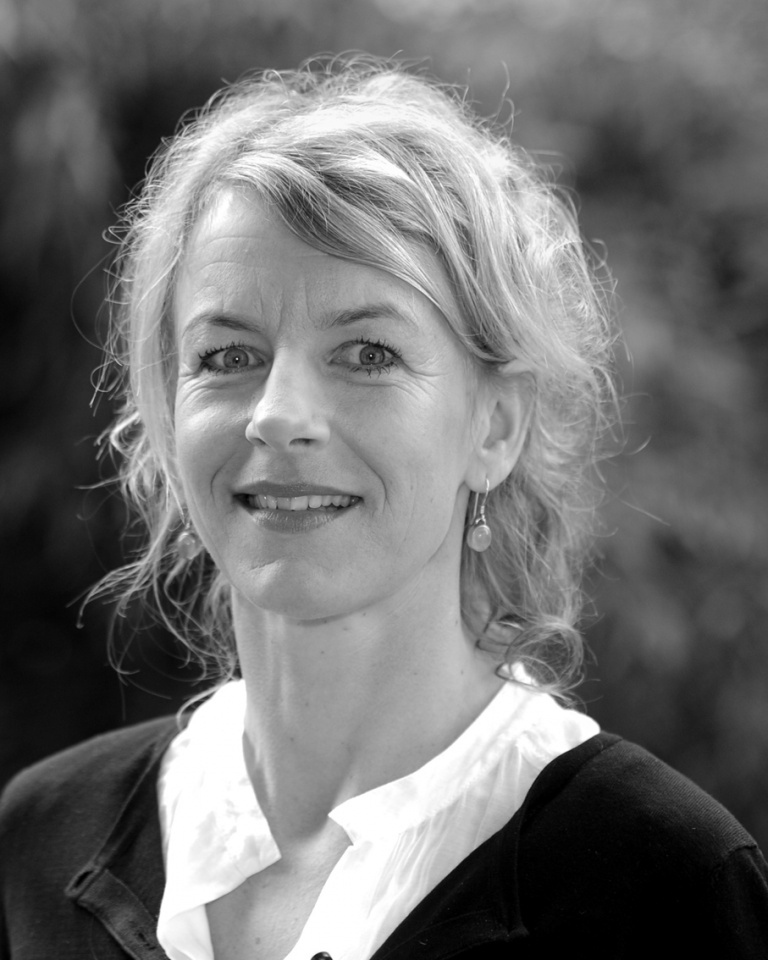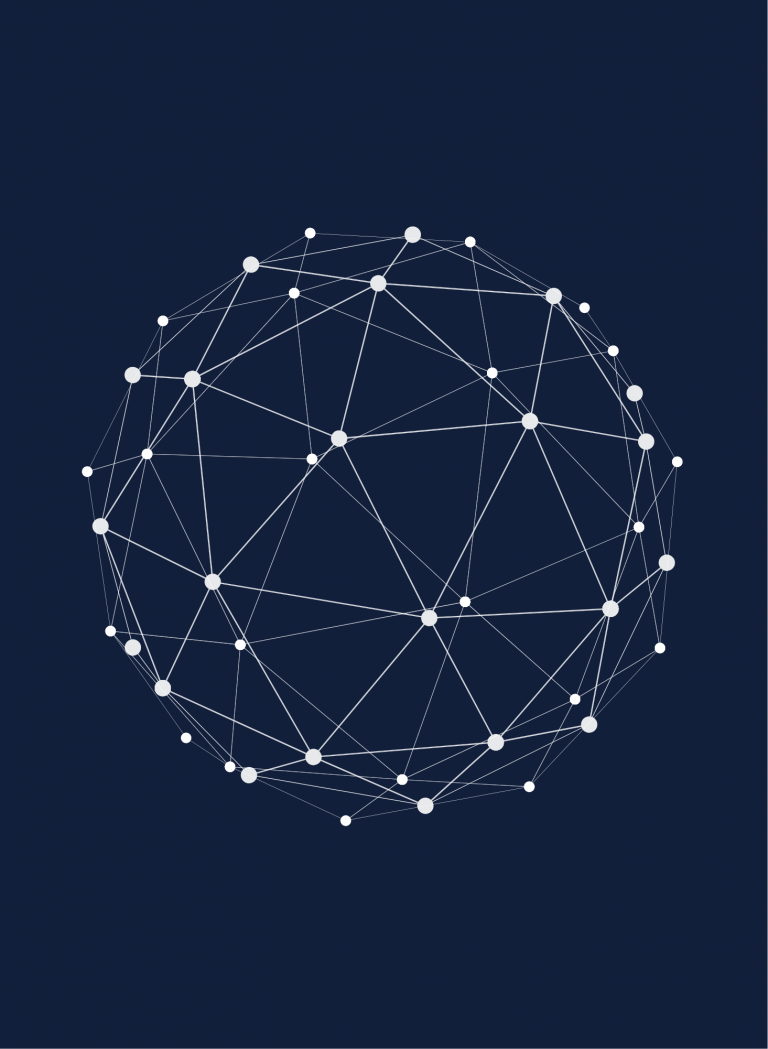Merel Kindt's team can be seen as the stubborn child in the class of New Science of Mental Disorders. Whereas NSMD's hypothesis states that there is no 'comon cause' for mental disorders, Kindt's team thinks there might be: emotional memory. "The first symptoms have to come from somewhere. In any case, it is worthwhile to test the network theory thoroughly and it is time to turn the mental healthcare field upside down. Our consortium is well entrusted with that."

The first question, of course, is: What exactly is emotional memory?
"A PhD student of ours is also going to look into this; we call it construct validity. If I had to describe it now, I would say: learning experiences that cause you to react emotionally to situations, but in such a way that you suffer and develop symptoms. The next question is then: how are we going to measure that, in the same way that we want to measure other symptoms of people with a mental illness."
So with your team, you are going against the NSMD hypothesis that you should mainly look at the symptoms that people have and that 'the underlying cause' cannot be found or is less important.
"The network theory, which we are going to test in this project, states that the symptoms are the disorder and the cause. Which makes you wonder how people get those first symptoms. Our team thinks that emotional memory in the broadest sense of the word underlies symptoms or disorders. This does not always have to be a trauma; it can also be gradual. We know, for example, that emotional neglect is an important trigger for depression or other problems. We do embrace the idea that all symptoms influence each other and that the diagnoses by the DSM psychiatric manual are too black and white."
Is that helpful, to be in a consortium whose hypothesis you only partly expect to make sense?
"Absolutely! It's perfectly fine to be sceptical about a theory in order to investigate it scientifically. This theory, developed by methodologists, is very much on the rise and I think it should be tested by a group of clinical psychologists. So I felt called upon, especially doing it with this inspiring team."
In addition to working as a professor of Experimental Clinical Psychology at the University of Amsterdam, Merel Kindt also works as a psychologist in her own anxiety clinic. Since 2018, Kindt Clinics has already treated more than five hundred people who have a specific fear, from spider phobia and fear of heights to fear of needles or fear of mice or chickens. Over eighty percent of the clients were relieved of their fear with just one short session.
Have you always combined research with treating patients?
"That started in Maastricht, where I worked at the psychology faculty for seven years from 1997 in combination with a mental health training. The period in Maastricht was like working in paradise for me, with all those young, smart people. Very inspiring. From the university, I worked on secondment at the Riagg. I only treated people with anxiety disorders and Post Traumatic Stress Disorder. In practice, I saw how cognitive behavioural therapy didn't work for everyone in order to get rid of their fears.
Why did you eventually move back to Amsterdam?
"My husband was still living in the Randstad area because of his work, and although living in two places with only our youngest child was quite feasible, it seemed a bit complicated with the second child on the way. In addition, this chair became vacant in Amsterdam and that attracted me because as a professor you can not only shape your own research group but also exert more influence on the field in a broader sense. The professorship was a reason for me to take another good look at how I wanted to continue in science. And that was the question of why anxiety so often returns to people, even after apparently successful treatment. In 2007 I received a Vici-grant from NWO to research a revolutionary new approach to anxiety. For a long time it was thought that once learned, fear is embedded in the brain forever. But around the turn of the century neuroscientists had disproved this. In research with laboratory animals, it had proved possible to erase a previously learned fear from the memory, as it were. I wanted to know if this could also work in people.
You could almost say: 'the rest is history', because it indeed turned out to work, as scientific publications and the many journalistic reports made in recent years about her method, Memrec, show. People who are exposed to their fear on day one under intensive, personal supervision and then take a beta-blocker pill once, come back the next day and are freed from their fears. The woman who was afraid of needles looks on calmly while she is being pricked, and the lady who was terrified of chickens happily takes a chicken on her lap and caresses it lovingly. Kindt is now also investigating whether war veterans with Post Traumatic Stress Disorder can be helped with the method.
How exactly does Memrec work?
"We are still investigating what exactly happens and what the exact conditions are for a positive outcome. But what we are actually doing is replacing the old memory trace in the brain, or weakening it to such an extent that it is no longer expressed. The treatment consists of briefly exposing the patient to his or her fear and coaching him or her to endure the fear for a while. A critical precondition for making the memory trace receptive to change is that the experience is somewhat new. There must be something to learn from the experience, but not as in traditional cognitive behavioural therapy, where prolonged exposure results in the formation of a new memory trace. The exposure must be just right, not too little, but not too much either, so that a new memory trace is formed. That is fingerspitzengefühl. Then the patient takes 40 mg of propanol, a beta blocker."
What is the effect of that one pill?
"Propanol temporarily blocks the receptors in the brain that normally ensure that the fear memory that has just been activated is written away again. You disrupt that process, so that the fear memory is no longer stored in the old way. The effect only seems to become visible after sleep, we now know from research."
How did you come to set up your own clinic to bring this treatment to patients?
"Apart from a study in the lab with people with a phobia of spiders, with convincing results, I occasionally treated people who had come on my trail and wanted to get rid of their fear. That gave me confidence in the method. A friend of ours offered to invest if I started a clinic. I thought about that for a long time, because in principle you want to be completely free of interests as a scientist, whereas in such a clinic you have a kind of interest that this method works. But I have always said: if a better method comes along, I won't hang on to Memrec. Then we will do something else. The hundred thousand rules in health care do not make it easy to keep your head above water, but I did not start out to make money, but to help as many people as possible to get rid of their fear."
Isn't it more convenient to teach therapists across the country how to apply the method?
"That is indeed the intention. The details of this treatment are extremely important and in my experience they are often easily overlooked in the mental healthcare sector. And then it is not so effective. The therapy has a protocol, but you always have to tailor the treatment to the individual. There is no objective measure of exactly how much exposure to fear is enough to be effective, and I'm not even sure that research will ever be able to determine that. But the method does appear to be transferable, with three therapists now working in our clinic. The next step is to develop a training course so that we can teach it to all interested psychologists."
What questions do you hope to be able to answer about the Memrec method?
"We are investigating what exactly is needed to open up the memory trace. What makes it complicated is that a trace that has existed for a long time requires more than a newly learned fear. This makes me wonder whether we will ever be able to establish an objective measure. At the same time, there is a sense of touch in every profession. Surgeons know exactly how to make the incision for appendicitis, but one patient's scar is more beautiful than another's. This applies to every profession. You have to keep thinking and looking and feeling.”
Just like with NSMD, in fact, where tailoring to the individual network of symptoms is seen as a possible key to more effective treatments.
"Exactly. I expect a lot from the individual networks of symptoms that we use as a starting point, rather than DSM diagnoses. I think it will provide much more insight into what you need to address with treatments. And as I said at the beginning: it's worthwhile to test the network theory thoroughly. I also think it's time to turn the field upside down, because it's stuck. It would be great if we could innovate the mental health care sector (GGZ in Dutch). Insurance companies currently put too much of a stamp on the content of care. They only reimburse you once you've got a diagnosis, which is very controlling. That has to change. You can shout it loud and clear, but the best thing is to be able to show with data that this is not the right way. This consortium is well entrusted with that.”
